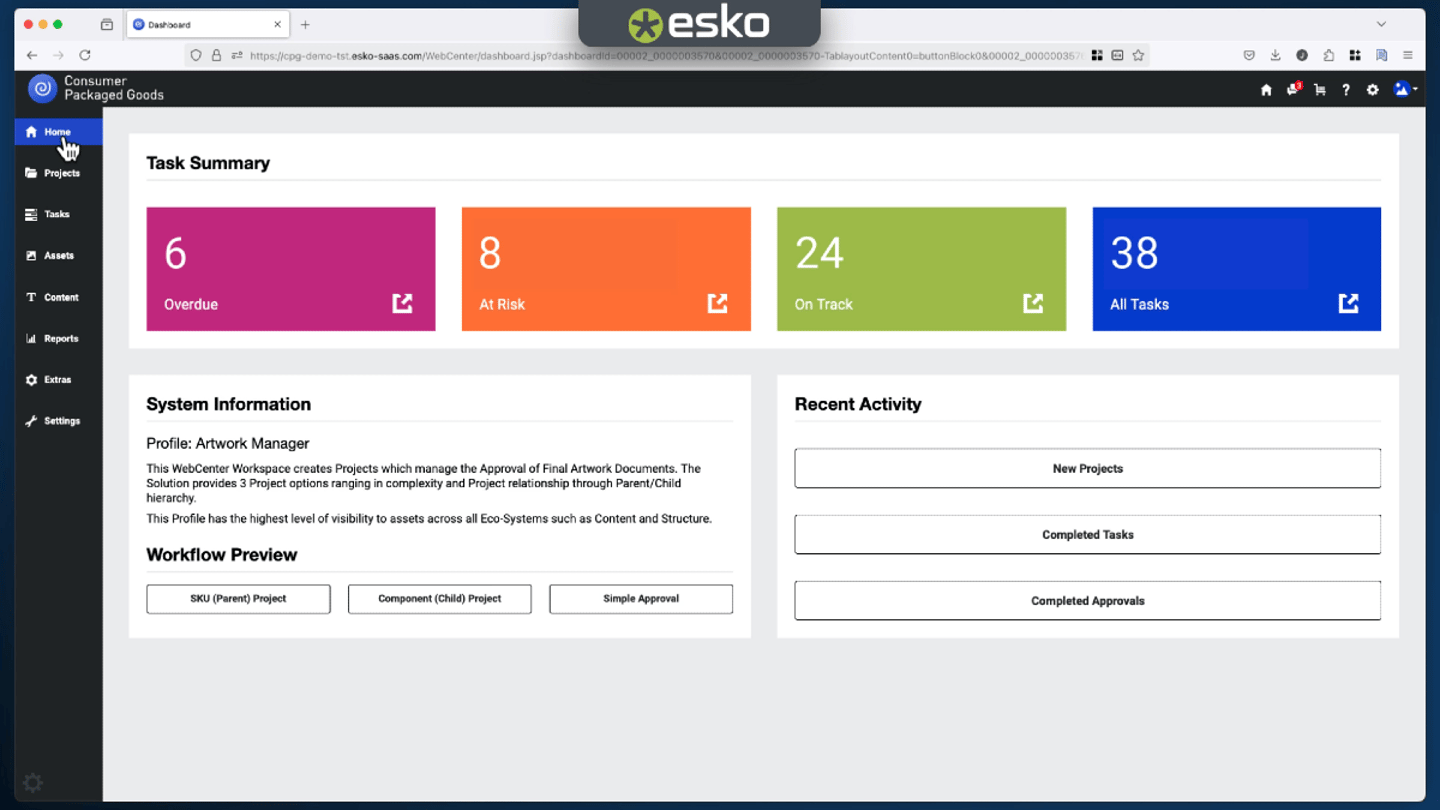Retail Packaging Made Simple: Collaborate, Approve, Deliver
Packaging is critical to shaping consumer perception. As is often said, you only get one chance to make a first impression.
However, despite its importance, many retailers still rely on outdated methods to manage their packaging workflows.
According to Gino Van Ossel, professor of Retail Management at Vlerick Business School, "Private labels have evolved into private brands. Artwork is [therefore] getting more attention because retailers … [are creating] their own private brand identity."
This change causes frequent packaging redesigns as umbrella private brands are substituted or complemented by specialty brands.
Demand for more sustainable packaging also drives redesigns.
Interviews with industry-leading retailers revealed the continued use of spreadsheets and other manual processes for artwork and packaging management—a surprising reality in an era demanding agility and visibility.
Fortunately, there is a better way.
Digitizing Packaging Workflows: The Key to Retailers' Success
Van Ossel reiterated the importance of packaging private brands, stating, "While CPG brands invest more in conventional advertising, retailers and their private brands need to rely almost entirely on their packaging to get the private brand message across."
Clearly, retailers must embrace digital transformation in their packaging workflows.
Data-Driven Collaboration Across the Value Chain
Packaging development involves coordination with various stakeholders, including internal teams, suppliers, and creative agencies. Digital platforms eliminate silos, creating a unified space where all parties can collaborate efficiently.
Enhanced Security and Data Protection
Private label projects often generate sensitive product data that needs to be shared across multiple stakeholders.
According to Business.com, retailers are now allocating around 10% of their IT budgets to security measures.
Speed to Market
Private label products have a need for speed.
Agile retailers respond quickly to market trends and seasonal demands.
For example, Retail Dive reports, "approximately 89% of consumers have purchased a private-label product in the last 12 months, with packaged groceries (19%) and fresh groceries (15%) leading the categories."
Speed to market is thus mission critical.
McKinsey & Company recently explained that combining consumer-driven insights with industry expertise and efficient processes can accelerate innovation.
McKinsey continued, "in grocery, for example, the product development cycle can take a mere six to 12 weeks, compared with 12 to 18 months at traditional CPG players."
Compliance First
Retail packaging faces increasing regulatory scrutiny.
The EU's Packaging and Packaging Waste Regulation (PPWR) and sustainability directives require accurate reporting of materials used, adherence to recyclability standards, and clear labeling.
A recent survey by the European Commission found "73% say the impact of the product on the environment is 'very important' or 'rather important' when making a purchasing decision."
Packaging reflecting these values is essential to remain competitive.
Real-Time Visibility and Control
Fast-paced private label development demands clear oversight.
Digital tools provide dashboards and tracking features allowing retailers to monitor timelines, flag bottlenecks, and maintain momentum without sacrificing quality.
Cost Optimization and ROI
Private labels are expected to increase retailers' margins, but process inefficiencies can erode these gains.
Forrester’s Total Economic Impact study™ commissioned by Esko and based on customer interviews with users of the Esko Artwork Management solution, WebCenter, reported an impressive 240% return on investment, a payback period of just six months, and a 30% increase in productivity.
A Senior Manager of a CPG brand’s Packaging Graphics team highlighted WebCenter’s impact, stating: "We have reduced the rounds of revisions required [as a result of the] flexibility and expedited processes [of] WebCenter. In total, we removed two weeks from the project process."
Asset Reuse (aka Digital Asset Management)
Artwork management platforms serve as central repositories for all artwork and packshots, providing a single source of truth for the entire packaging life cycle.
Integration with Digital Asset Management (DAM) systems ensures these assets can be seamlessly used in digital distribution while eliminating duplication and manual uploads.
The National Retail Federation (NRF) reported online and other non-store sales during the 2024 holiday season increased by 8.6%, totaling $296.7 billion.
This growth underscores the increasing importance of digital channels in retail sales.
Evolving Consumer Needs
As consumers increasingly seek personalization, private labels strive to use packaging as a key differentiator.
For example, Walmart's newly launched private label line, Bettergoods, features bold and modern packaging designed to differentiate it from Walmart's Great Value brand.
Private Labels are Here to Stay
The private label boom is not a fleeting trend. It is a long-term shift in retail dynamics.
Retailers must therefore rethink their packaging processes, transitioning from manual workflows to digitalized systems.
A centralized artwork management platform simplifies the complexities of packaging workflows, ensures compliance with sustainability goals, and enhances the ability to adapt to evolving market demands.
Want to learn more about WebCenter artwork management? Click here.





